Introduction
It is important that the insulating liquid level within a liquid insulated electrical transformer is monitored, as a loss of liquid could lead to a catastrophic failure. There are several means by which personnel can monitor the liquid level both locally and remotely.

Location of MOG on Transformer
Local Monitoring - Gauge Glass
Many liquid immersed transformers are fitted with a gauge glass that allows personnel to check the insulating liquid level visually when conducting a routine inspection. This method is simple and effective, but disadvantages include:
- Personnel are sometimes required to enter a controlled area to be able to see the gauge and this increases the possibility of personal injury.
- The gauge is prone to becoming dirty and cleaning of the gauge within the conservator tank is often impractical due to contamination concerns.
- Any system that relies upon human intervention is prone to human error, this includes false level interpretation (caused by dirty glass, poor viewing angle, etc.).
- The level can only be viewed locally unless a CCTV camera is installed.
- It is not possible to fit automatic low and low level alarm switches.
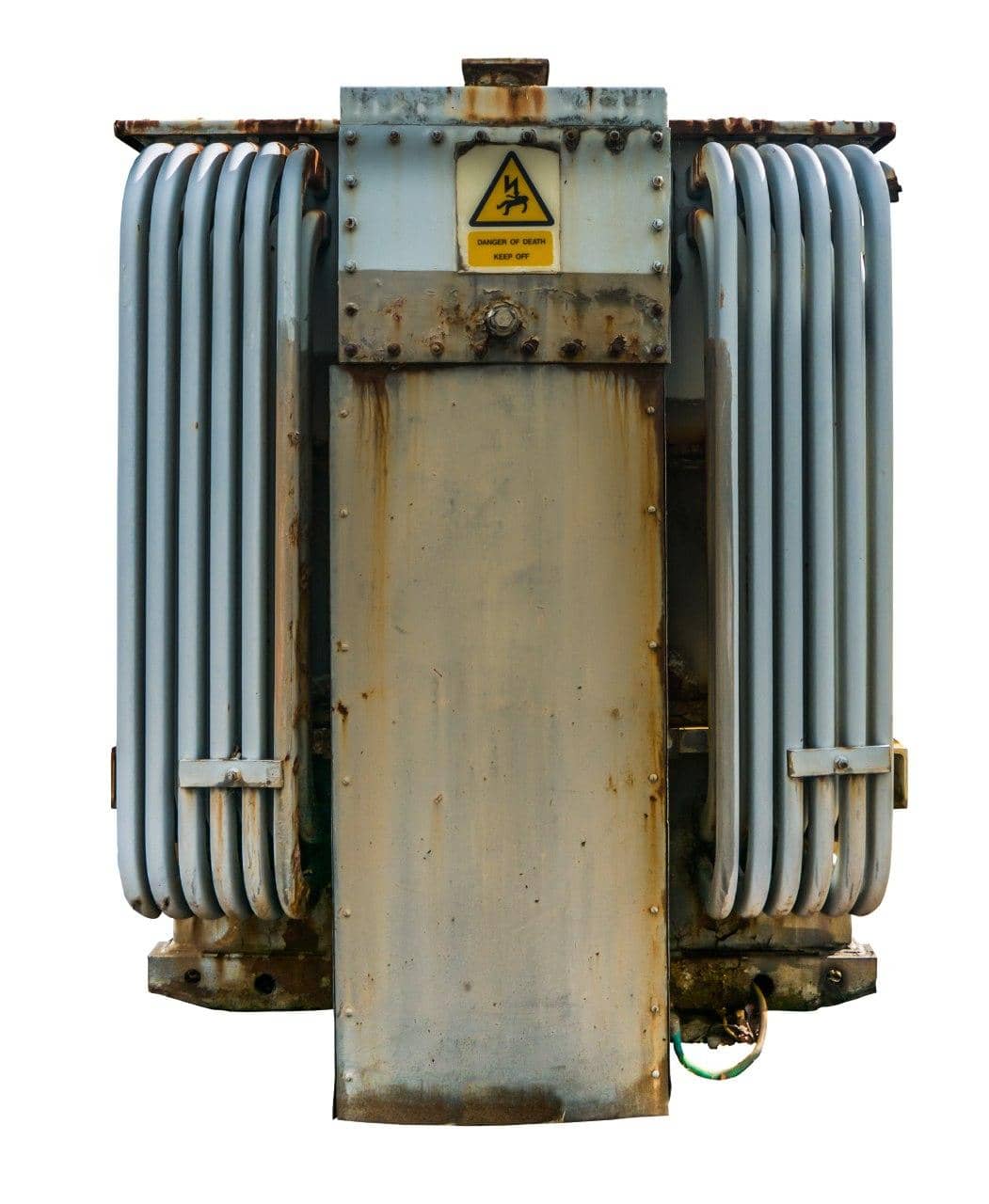
Liquid Insulated Electrical Transformer
Are you enjoying this article? Then be sure to check out our Electrical Transformers Video Course. The course has over two hours of video, a quiz, and you will receive a certificate of completion when you finish the course. Enjoy!
Local and Remote Monitoring - Magnetic Oil Gauge (MOG)
Conservator type transformers almost always include a magnetic oil gauge (MOG) installed to the lower half of the conservator tank. The MOG type gauge can be used for both local and remote level indication.
The local type includes a large dial gauge that is chosen based upon the size of the transformer (the gauge should be readable from ground level). MOG dial gauges are often fitted with arrows to indicate what the oil level should be at certain temperatures.
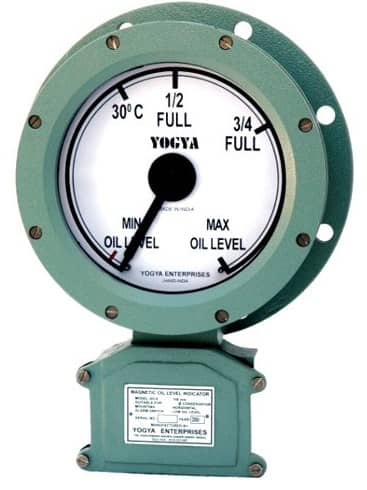
Magnetic Oil Gauge (MOG)
The MOG can also be fitted with alarm switches that relay an electrical signal to a manned remote location.
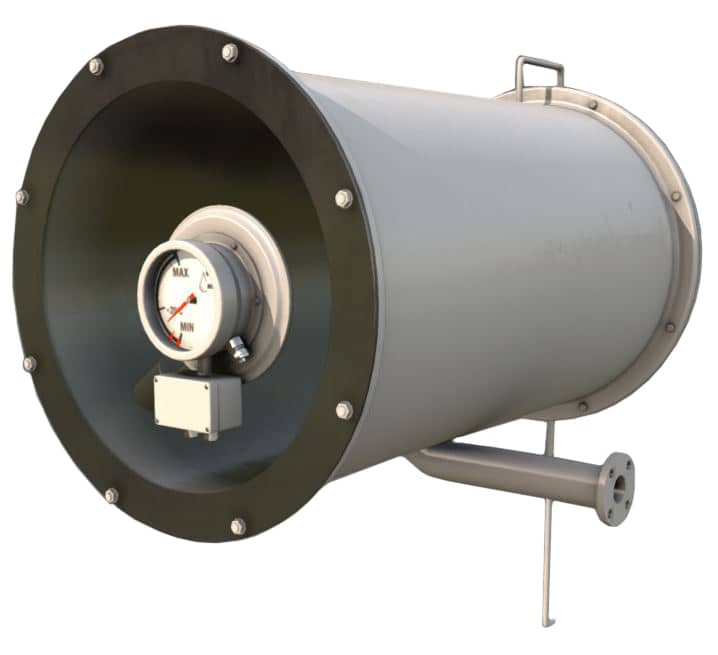
MOG Installed On Conservator Tank
Note
Hermetic liquid immersed transformers do not include this type of magnetic oil gauge.
Magnetic Oil Gauge Components
Magnetic oil gauges consist of the following main components:
- Float
- Float Arm
- Inner and Outer Shaft
- Driver and Follower Magnet (magnetic coupling)
- Bevel Gear (optional)
- Dial Gauge
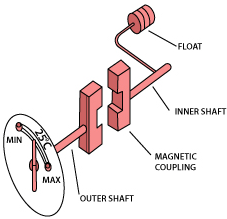
MOG Components
How Magnetic Oil Gauges Work
The below video is an extract from our Introduction to Electrical Transformers Online Video Course.
The float rises and falls depending upon the liquid level within the conservator tank. Afloat arm drives a bevel gear arrangement as the float rises and falls. The bevel gear is connected to the driver magnet which in turn affects a follower magnet on the opposite side of the conservator tank wall. Finally, a dial gauge needle connects to the follower magnet which moves in unison with the float and gives a proportional response as the float rises and falls.
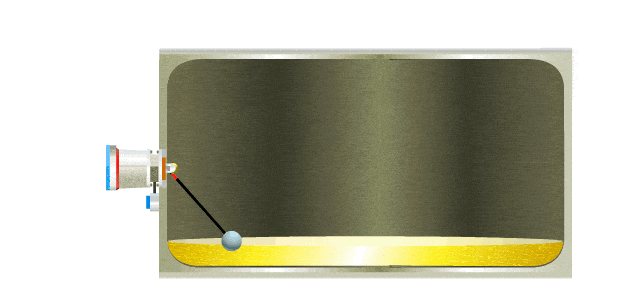
Cross Sectional View Of A MOG Fitted To A Conservator Tank
Magnetic Level Gauge Advantages
The main advantage with magnetic level gauges is that the internal system is completely isolated from the external gauge; this is accomplished because of the magnetic coupling. This setup ensures no contamination can occur through leaking gaskets etc. as there is no penetration through tank walls or piping.
The tank below uses a magnetic level gauge to indicate the tank level. Notice that the internal system is completely isolated from the external gauge.
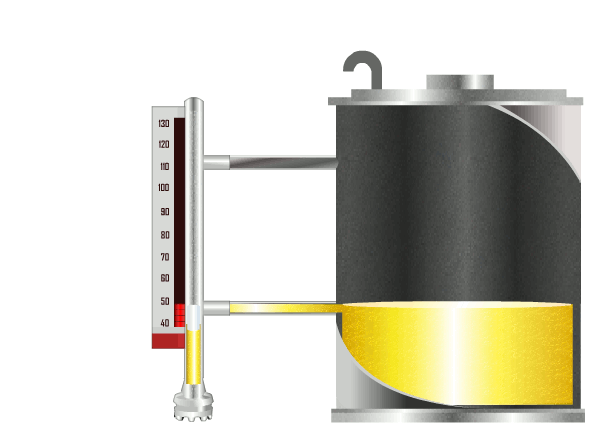
Tank Magnetic Level Gauge
Related Online Engineering Courses
Internal Combustion Engine Basics
Diesel Engine Fundamentals (Part 1)
Diesel Engine Fundamentals (Part 2)
Additional Resources
http://www.electricalunits.com/magnetic-oil-gauge-of-transformer/
https://www.electrical4u.com/magnetic-oil-gauge-or-mog-magnetic-oil-level-indicator-of-transformer
